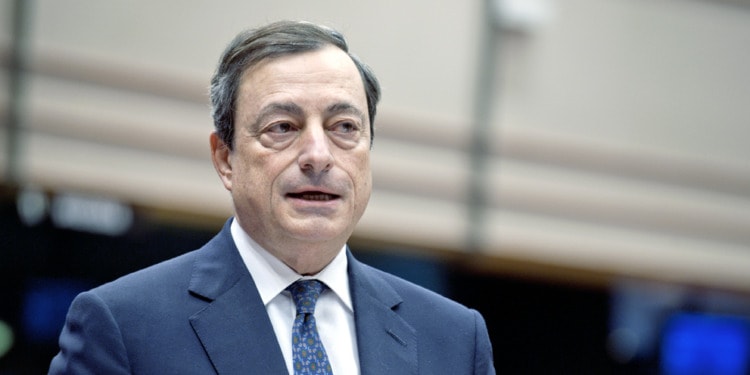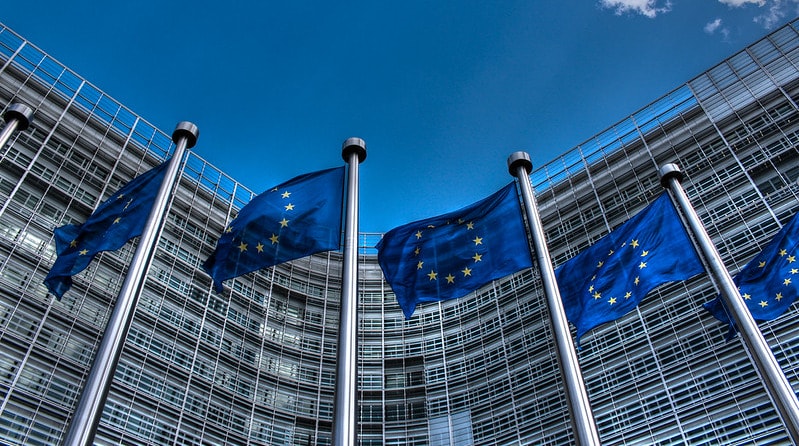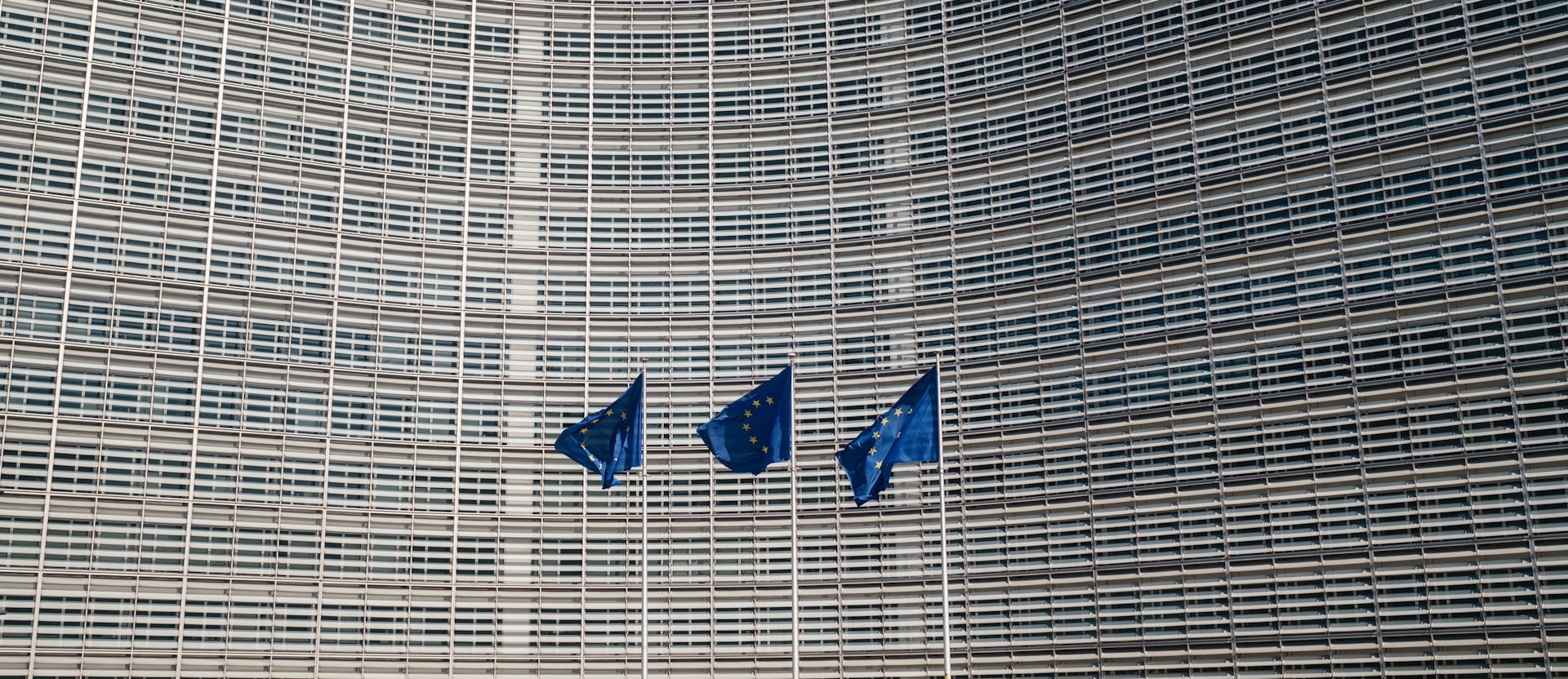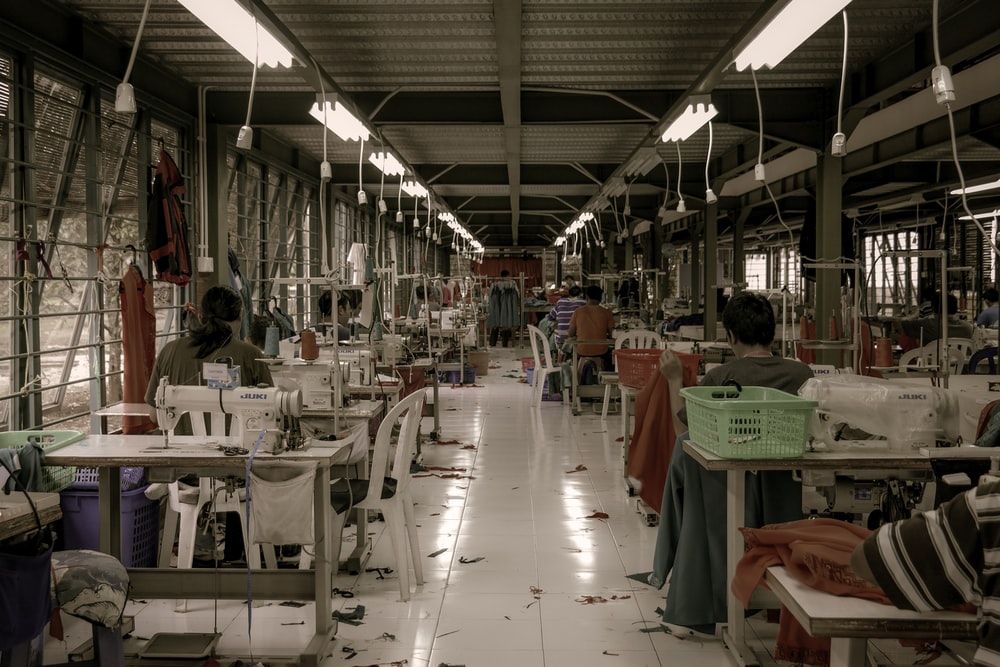On Thursday — for the second time in a few days — Mario Draghi “climbed the hill” to the Quirinal Palace to hand in his resignation to Italy’s President Sergio Matteralla.
Italian PM Mario Draghi has submitted his resignation amid months of political turmoil https://t.co/Gt2NRIqwlE pic.twitter.com/C6POhLJZEL
— Al Jazeera English (@AJEnglish) July 21, 2022
When he was appointed to lead the government in February 2021, Draghi was described by some foreign press as the best man for the worst job: to bring order into Italy’s chaos.
Undeniably the most authoritative figure on the Italian political scene — his abstinence from social media helped — Draghi had taken a statesman role as the European Union struggled to keep a united front against Russia, including Italy which before the Ukraine war imported 40% of its natural gas supplies from Russia (it’s now down to 25% as a result of Draghi’s efforts to reduce dependence).
Italy might even be the “bankers’ birthplace,” but this tends to make Italians uncomfortable, even if they have a heart, as Draghi explained in his last words as premier. As it happens, some Italians find it deeply disturbing that he is a man from finance who wasn’t elected to the job.
He is standing down after three parties in his government refused to back him in a confidence vote on Wednesday night. Remarkably, and possibly a sign of the times and the rising ascendency of authoritarian populism, those parties are led by three politicians fascinated by Putin: Conte (5 Stars Movement), Salvini (League), and Berlusconi (yes, him, the leader of Forza Italia).
As there is no possibility of forming another government that could carry a majority of lawmakers, President Mattarella had to dissolve the Parliament. New elections have now been scheduled for September 25.
This pleases Giorgia Meloni, the leader of the far-right, eurosceptic party “Italian Brothers” who hopes to become the new prime minister. Her party, which used to be closely allied with Salvini and which she proudly moved further to the right, as the only opposition in Parliament, advocates for the people’s right to vote flooding social media feeds. It is currently projected to come on top in the autumn elections.
🔵 Adesso andiamo al voto: #elezioni subito
🇮🇹 #FratellidItalia #Meloni #ElezioniSubito pic.twitter.com/nnNo3dDUyj
— Fratelli d'Italia 🇮🇹 (@FratellidItalia) July 21, 2022
But interestingly, only one out of three Italians supported going to an early election before the natural end of the legislation.
Italy usually avoids holding elections in autumn because it is a period that requires a stable government to guarantee the drafting of the budget law.
Mattarella acknowledged the bad timing, marked by war and soaring food and energy prices, stressing that a delay in getting out of the crisis cannot be allowed.
Climate change is also increasingly real in Italy as temperatures soar, fires rage, water becomes scarce, and glaciers collapse.
Related articles: The European Central Bank Against Inflation: Whatever It Takes? | The Russia-EU Energy Crisis Deepens as Payments Deadlines Approach
Nicknamed “Super Mario” for taming the Eurozone debt crisis when he was head of the European Central Bank (ECB) with his famous “whatever it takes” to save the Euro, Draghi played a similar calming role in Italy amidst the pandemic, energy, and Ukraine crises.
He managed to assemble a government of national unity and successfully place Italy among the EU leaders implementing the National Recovery and Resilience Plan (PNRR) – the set of reforms and projects that decide how Next Generation EU (NGEU) program resources will be spent.
Despite a record employment rate in the post-covid era of 60% (still far from the EU target of 70%), the Italian labour market remains problematic, with growing poverty and inequality.
In 2021, 23% of workers earned less than the “citizenship income” (780 euros per month), while the 1% of highest-paid workers saw a further increase of one percentage point in their share of the total wage bill. With running inflation, setting a minimum wage becomes ever more critical.
Italy is one of only six European countries (alongside Austria, Cyprus, Denmark, Finland and Sweden) that do not have regulation for setting a legal minimum wage. Although the EU directive under discussion does not entail any obligation for the member countries, Draghi had made it known that he wanted to act in that direction.
Of the long list of dossiers this crisis has put on hold, the PNRR is the most critical. Almost 200 billion euros are at stake, a once-in-a-lifetime opportunity. In the first half of 2022, the target of 45 projects to be outlined in order to request the second tranche of 24 billion was achieved. Now 55 are missing by the end of the year.
If the Recovery Fund (centerpiece of Next Generation EU) fails in Italy, which is the largest recipient, it’s likely “game over” for the entire EU.
Indeed, instability in the Eurozone’s third-largest economy could easily ripple out and shake the rest of Europe.
On the day of Draghi’s resignation, Christine Lagarde – who replaced him at the helm of the ECB in 2019 – lifted the interest rate on the main refinancing operations (for the first time since 2011) to 0.5% — double what was expected — in an effort to slow down consumer prices in the bloc, which hit a record increase of 8.6% in June.
With the highest debt-to-GDP ratio after Greece in the Eurozone (a staggering 150%), Italy’s economy is the second most exposed to rising interest rates by an inflation-fighting central bank. This risks destabilizing the country, as the cost of servicing it rises.
Hence, as we don’t have “whatever it takes” anymore, Italy’s bonds were heavily sold on the markets.
The yield on Italy’s 10-year government bond rose as much as 0.27 percentage points to almost 3.75% — above that of the Greek bonds. This took the gap between Italian and German benchmark 10-year yields (a closely watched proxy of market stress, the infamous spread) to 2.37 percentage points.
For several years now, the ECB has set itself up to identify and put in place macroprudential measures to curb financial systemic risks of the kind that Italy would pose. Yesterday, it announced the launch of the Transmission Protection Instrument (TPI).
Under the TPI, the ECB can buy securities “to counter unwarranted, disorderly market dynamics that pose a serious threat to the transmission of monetary policy.” But while Lagarde said it would be used, the instrument still needs to be tested.
Markets are waiting to see how it will unfold. For now, according to Bloomberg, they are not convinced. Since the TPI gives a series of conditions but provides no quantifiable targets to ensure its application, financial interventions, as Bloomberg points out, will be wholly at the discretion of the Bank.
In a continent believed to be drifting into recession, Italy is widely considered to be a ticking time bomb.
With €2.7 trillion in liabilities at the start of this year, pressure will inevitably mount for the ECB to use the TPI and act as the buyer of last resort — in practice helping to fund Italian government expenditures.
Editor’s Note: The opinions expressed here by the authors are their own, not those of Impakter.com — In the Featured Photo: Former Italian Prime Minister and European Central Bank President Mario Draghi. Featured Photo Credit: European Parliament.













